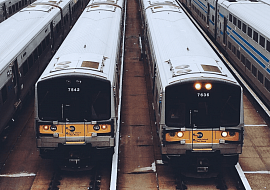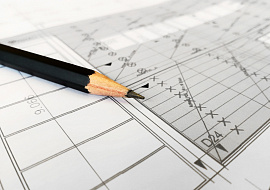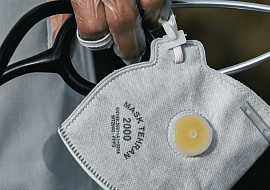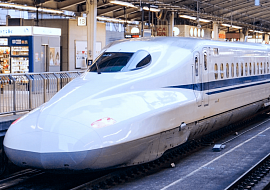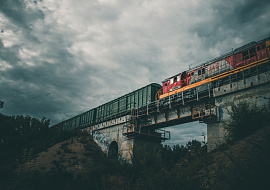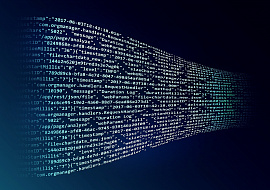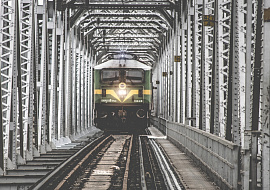Smart Farming: How IoT Technologies Shake Up Farm Management
As of 2023, approximately a quarter of U.S. farms have embraced smart farming practices, with this proportion poised for rapid expansion. Agriculture is becoming one of the most promising sectors for IoT technology adoption across industries.
Smart Farming: Decoding the Essence
Smart farming marks an irrevocable shift in the agricultural landscape. It is defined as a groundbreaking method that leverages the Internet of Things (IoT), artificial intelligence (AI), and robotics to create data-driven farming ecosystem with efficiency and sustainability at the forefront. It represents a harmonious blend of technologies to maximize crop yields, conserve resources, and improve overall farm productivity.
These state-of-the-art technologies hold the potential to transform all the ways of handling agriculture through their integrated applications.
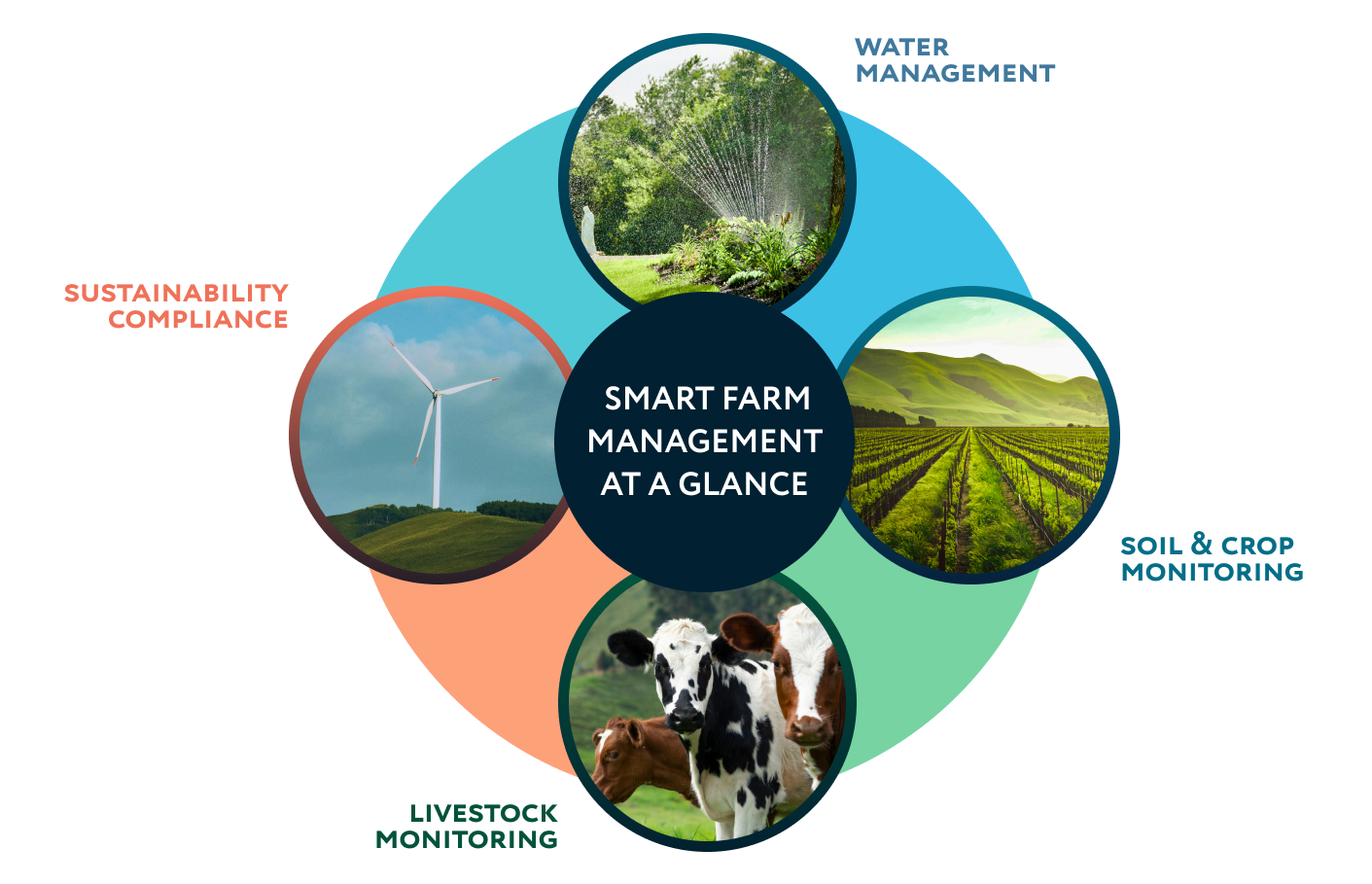
- Water Management introduces state-of-the-art irrigation solutions that harmonize water conservation with high-quality, and efficient crop production. These advanced systems integrate innovative techniques like micro-drip technology and AI-guided sprinklers, ensuring pinpoint water delivery to plant root zones while dramatically reducing water loss through evaporation and runoff.
- Soil & Crop Monitoring smart techs help farmers take proactive actions to ensure optimal crop growth. Moisture tracking promotes precise assessment of water requirements. Advanced apps promote early detection of signs of stress and pest attacks, and define the lack of nutrients to promptly respond to them and avoid crop losses.
- Livestock Monitoring provides farmers with ongoing location data, as well as valuable information regarding the behavior and health of animals to adjust feeding and conditions of detention. By checking the heart rate, body temperature, and activity of their animals, farmers can spot illness or trouble and help fast. By watching how herds move and graze, they can make better use of pastures.
- Sustainable Agriculture involves making the best utilization of resources and substantial waste reduction. This happens through careful monitoring and ecology analysis, precise calculation of resources needed, and enhancing biodiversity and ecology health by revealing vulnerable areas. Also, it helps adjust to weather change by the precise custom forecasts of the bad weather and getting ready for it.
Smart Farming: Unveiling the Transformative Capacities of IoT Technologies
Farming today has way better tools than before. This is all because of a simple idea: using sensors to gather info about the world around us and send it out. For now, various farming practices could turn into what is called Agriculture 4.0.
Precision Agriculture and IoT: A Symbiotic Relationship
Smart farming's key part, precision agriculture, depends a lot on IoT and GPS tech to measure and process real-world data with the highest accuracy. By using a network of connected sensors and devices, farmers can collect detailed data about soil makeup, nutrient amounts, crop growth patterns, and environmental conditions. The strategic placement of sensors across the fields gives stakeholders up-to-the-minute info on important factors allowing them to make choices based on data and take early steps to grow crops in the best way. These sensors often use multispectral imaging and machine learning algorithms to check plant health and offer useful insights, which helps to make farming more productive and effective.
Leveraging the full potential of data-driven agriculture, farmers can create better planting strategies and schedule irrigations and fertilizations in the optimal way to ensure the precise amount of resources for each plant to thrive. These insights also promote resource utilization by necessity, which lowers the environmental impacts of farmland.
Drones for Smart Farming: Aerial Views for Smarter Decisions
Drones, also called unmanned aerial vehicles (UAVs), have become key tools in smart farming. These flying machines carry special cameras that take detailed pictures and gather data from fields giving farmers a view from above of their crops and work. Drones with LiDAR technology onboard enable 3D mapping of farmland at the highest accuracy having topography, drainage patterns, and crop height data at a glance. Thermal imaging makes it possible to identify irrigation lack or excess.
Also, drones can carry special equipment like sprayers and fertilizer dispensers, which allows them to apply farm inputs with precision and efficiency. Recent studies show this cuts down chemical use by 35% on average. When paired with smart sensors, drones can perform these tasks with top-notch accuracy and make adjustments on the spot.
Robotics in Smart Farming: Revolutionizing Real-Time Operations
The integration of robotics to elevate automation in smart farming has significantly transformed the way agricultural operations are performed. Self-driving tractors, which use GPS and sensor info, can move through fields with great care. This helps them plant in the best way and avoid going over the same spot twice. Robotic harvesters, equipped with advanced vision systems and machine learning algorithms, can spot and pick ripe crops.
Automated irrigation systems utilize data gathered from field in real-time and weather stations to figure out the optimal watering schedules to save water. Smart greenhouse facilities can embrace Internet of Things and Artificial Intelligence to create an optimal environment for crop growth. Sensing and automatic adjustments for temperature, humidity, light, and irrigation levels promote a favorable environment for plants and subsequently maximize yields.
Harnessing the Capacities of Data Analytics in Cloud
The emergence of Artificial intelligence, especially Machine Learning, and cloud computing has become pivotal for the smart farming ecosystem, thus unlocking an augmented view of the farms and allowing farmers to leverage IoT data to respond proactively.
Data Analytics: Using AI to Turn Raw Data into Useful Concepts
The huge amount of raw data that IoT devices gather in smart farming can be too much to handle. However, predictive analytics models analyze historical data, weather patterns, environmental factors, and market trends to predict crop yields, spot potential risks, and hold targeted farm operations. Furthermore, data visualization tools can show complex information in easy-to-understand ways helping farmers make smart choices on business process improvement. Machine learning-powered image recognition systems can spot plant diseases or pest problems fast leading to immediate actions that cut down on the need to use pesticides everywhere.
Predictive maintenance is highly welcomed here to eliminate costly downtime of vehicles or other field equipment. A neural network trained on personalized data sets analyzes data from machine components to identify deterioration, misalignment, bearing issues, imbalance, and so on to signal an upcoming failure.
Cloud Computing: Enabling Seamless Data Management and Collaboration
Cloud computing has a huge impact on data use by causing a revolution in how the farm sector stores, retrieves, and shares information. Cloud platforms let farmers keep their data safe and reach it from any location. This allows them to keep an eye on things and have enough information to make better decisions right away.
Moreover, cloud-based farm management software solutions have emerged, giving farmers strong tools to analyze data, plan operations, and work together. These software-as-a-service (SaaS) solutions provide convenient unified platforms to generate budgets, schedule operations, and monitor progress. They also bring together information from different places, like IoT devices, weather data and forecasts, and records, to perform deep analysis. These platforms obtain data from field sensors, operation equipment, weather stations, and satellites, then use AI-powered algorithms to come up with specific advice for each field or crop.
Collaboration is another big plus of using cloud computing in smart agriculture. When farmers share data and insights with experts like crop scientists, researchers, and stakeholders in the supply chain, they can tap into shared knowledge and skills. This team effort creates an environment that sparks new ideas and leads to better results.
Devices for Smart Farming – What Should They Be Like?
When creating Internet of Things solutions for farms, it's crucial to consider specific and challenging conditions of use. This helps avoid unexpected drops in functioning. To ensure impeccable quality and accuracy, developers need to consider these key points:
-
Wide field coverage. Embracing thousands of acres, IoT devices for smart farming have to ensure a wide range of wireless connectivity via LoRa, Wi-Fi (device to gateway), or cellular networks for seamless data transfer, real-time management, and autonomous operation. The ability to provide cloud connectivity is crucial for convenient management, but edge processing can also be considered for instantaneous field operations.
-
Harsh environmental conditions. PCB design for smart farming usually requires enhanced component durability with weather resistance in mind to provide the required precision of gathered data and the general reliability of the system. Moreover, components have to be easily replaced and maintainable. Best modular design practices are highly welcomed in this area.
-
Diversified nature. Creating single-purpose devices often doesn't make sense, as farming needs all-around condition tracking. This means putting moisture, temperature, light, contrast, and other sensors into one device. For most cases, you don’t need to provide light and sound notifications, but you should make sure the devices can talk to each other in a trouble-free manner.
-
24/7 operability. Since crop and livestock monitoring is a never-ending process, the device should contain energy-efficient, low-power components to enable it in a continuous manner. Moreover, it should report on issues immediately or in advance to avoid downtimes and possible crop damage.
If puzzled about the optimal configuration of smart agriculture, PSA will be pleased to provide an end-to-end assessment of your business case, define operational conditions, create optimal requirements, and design integrated solutions under your business goals.
Conclusions about Smart Farming
Smart Farming continues to gain momentum by unlocking the Internet of Things, Artificial Intelligence, robotics, and remote sensing capabilities to cover the most sensitive agricultural challenges. Namely, the convergence of these technologies can mitigate the challenges of a growing population, and the impacts of climate change, and enhance biodiversity. The following practices can help you navigate when entering AgTech development:
-
Precision agriculture is the most promising concept for smart farming now, as it empowers farmers with a comprehensive view of all their farmlands and the ability to impact them instantaneously.
-
The power of data leveraging AI/ML tools should be efficiently utilized to forecast crop yields, identify potential risks, optimize resource allocation, and improve equipment operation.
-
Cloud utilization enables higher transparency of the farm conditions for all the involved stakeholders, and simplifies key operations, such as budgeting, scheduling, and monitoring.
-
When developing smart agriculture, reliability, durability, connectivity, and maintainability of field systems should be prioritized.








